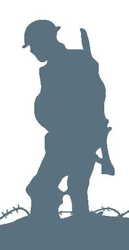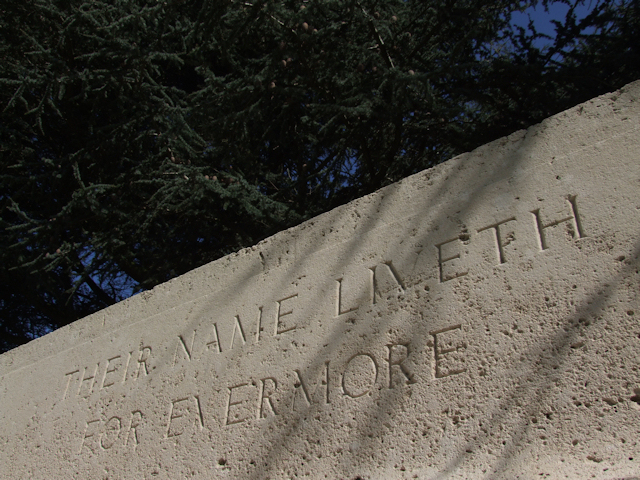Name
Charles George Shepherd
Conflict
First World War
Date of Death / Age
03/02/1917
Rank, Service Number & Service Details
Private
19436
Essex Regiment
1st Bn.
Awards: Service Medals/Honour Awards
1914 /15 Star, British War and Victory medals
Cemetery/Memorial: Name/Reference/Country
ST. SEVER CEMETERY EXTENSION, ROUEN
O.IV.L.7
France
Headstone Inscription
Not Researched
UK & Other Memorials
Not on the Hunsdon memorials,
Not on the Widford memorials
Pre War
Born in 1878, in Widford, to parents Henry and Sarah, he had four brothers and two sisters, in 1881 they were living in Nether Street, Widford, and his father was an agricultural labourer.
On the 1891 census he is shown as living with his brother Henry in Main Street, Hunsdon and in 1901 Charles was living at 201, High Street, Cheshunt with his wife Ada and one child.
By 1911 they had moved to Marden Ash Farm, High Ongar, Essex and they had six children, he was employed as a cowman on the farm.
Wartime Service
Enlisted at Ongar Essex, posted to Egypt where he arrived in 04/11/1915.
When the battalion was evacuated from Gallipoli in January 1916 they remained in Egypt for two months before being sent back to Europe arriving at Marseilles on, 6th January 1916.
On July 1st they took part in the first day of the Somme Campaign in the attack on Beaumont Hamel. They were due to attack with the Newfoundland Regiment, there was a mix up, the Newfoundlanders advanced from a reserve trench rather than use crowded communications trenches, this meant they had an extra 300 yards of open ground to cover. The Essex battalion managed to get to the jumping off point but it took nearly two hours and by the time they went into the attack at 0845 the Newfoundland Regiment had almost ceased to exist suffering almost 90% casualties. The 1st Essex only managed to reach the German first line but were then forced back themselves.
They stayed at the Somme until the battles ceased in November taking part in the attacks on the Albert area and on the Transloy ridges. It is not known at which of these battles Charles was wounded but it is most likely that his wounds were serious and he was transferred to a base hospital near Rouen, of which there were a number, as that is where he is buried. He died of his wounds on 03/02/1917.
Acknowledgments
Terry & Glenis Collins



